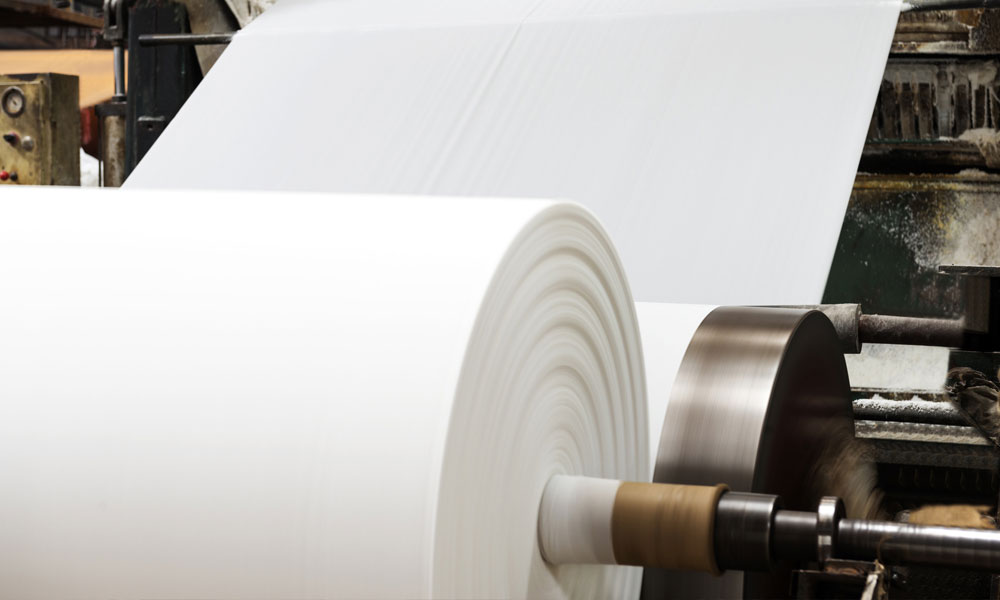Addressing curl problems requires that we look to converting process and the very structure of paper to find why curl is occurring. And it is very often the case that the lack of information is all-pervasive; every link in the production and logistics chain can make a difference. Each problem is usually a unique combination of paper properties, converting processes, environmental conditions and end-use conditions.
Some principles of paper curl
The basic principles that describe why paper curls, are quite simple. It is the complexity of the interactions of the various parts of the process that make controlling paper curl so difficult. When curl problems occur, it is important to look at all the possible variables and determines which ones have the greatest effect on the paper. Since paper is inherently “alive”, it is not always possible to eliminate curl completely, but the goal should be to produce a quality wrapper that performs its end-use with a level of curl that is acceptable to the customer.
In order to understand why paper curls, there are a few basic facts about paper that we need to know.
- Paper is alive. It reacts to changes in the environment. If the relative humidity increases, it absorbs water, and if the humidity decreases, it loses water. Paper fibers are shaped like little drinking straws, and as they absorb water, they get fatter but not longer.
- Paper is homogeneous. Since paper is thin, we tend to think of it in one plane. But paper has a top and bottom, and they are not the same. If the moisture content of the paper changes, the top to bottom of the sheet often react differently. That difference results in paper curl.

- Paper is directional. Due to the manufacturing process, more of the fibres are aligned in the web-flow direction or machine direction (MD), sometimes referred to as “grain long”. Since more of the fibers are aligned in the MD, when the fibers swell due to increased humidity, the sheet usually curls with the axis of curl in the MD.
- Paper has built-in stresses due to the manufacturing process. If paper is moistened on one side only, the fibers on that side swell, and that side of the paper gets longer, so the paper curls away from the wet side. As the wetter side of the paper dries out, the paper slowly loses its curl and then is flat again. But then a curious thing happens. It does not stop there. The paper then begins to curl toward what was the wetter side. The moisture has relieved some of the stresses in the one side of the paper and that side gets shorter. So curl forms (or moves) toward the side from which moisture moves last or toward the side from which moisture migrates last.
Geometrical types of curl
There are various types of curl that can be observed in paper. Based on the shape and the principle axis of the curl, it can be defined as CD (cross-machine direction), MD (machine direction) and diagonal. If the curl axis is along the MD direction of paper, it is called CD curl. Similarly, MD curl has axis along CD direction, and diagonal curl along diagonal direction. Dependent on the side of the curvature (concave side), each form is further classified as top side or bottom side curl.
- MD curl: Unbalanced web tension
- CD curl: Moisture content
- Twist curl: CD and MD curl
Do not hesitate to contact us in order to discuss potential collaboration opportunities, and solutions that we can bring to you.
Sources:
The problem of paper curl. Paper 360 – January/February 2012.
The Roll and Web Defect Terminology – 2nd Edition by R. Duane Smith
